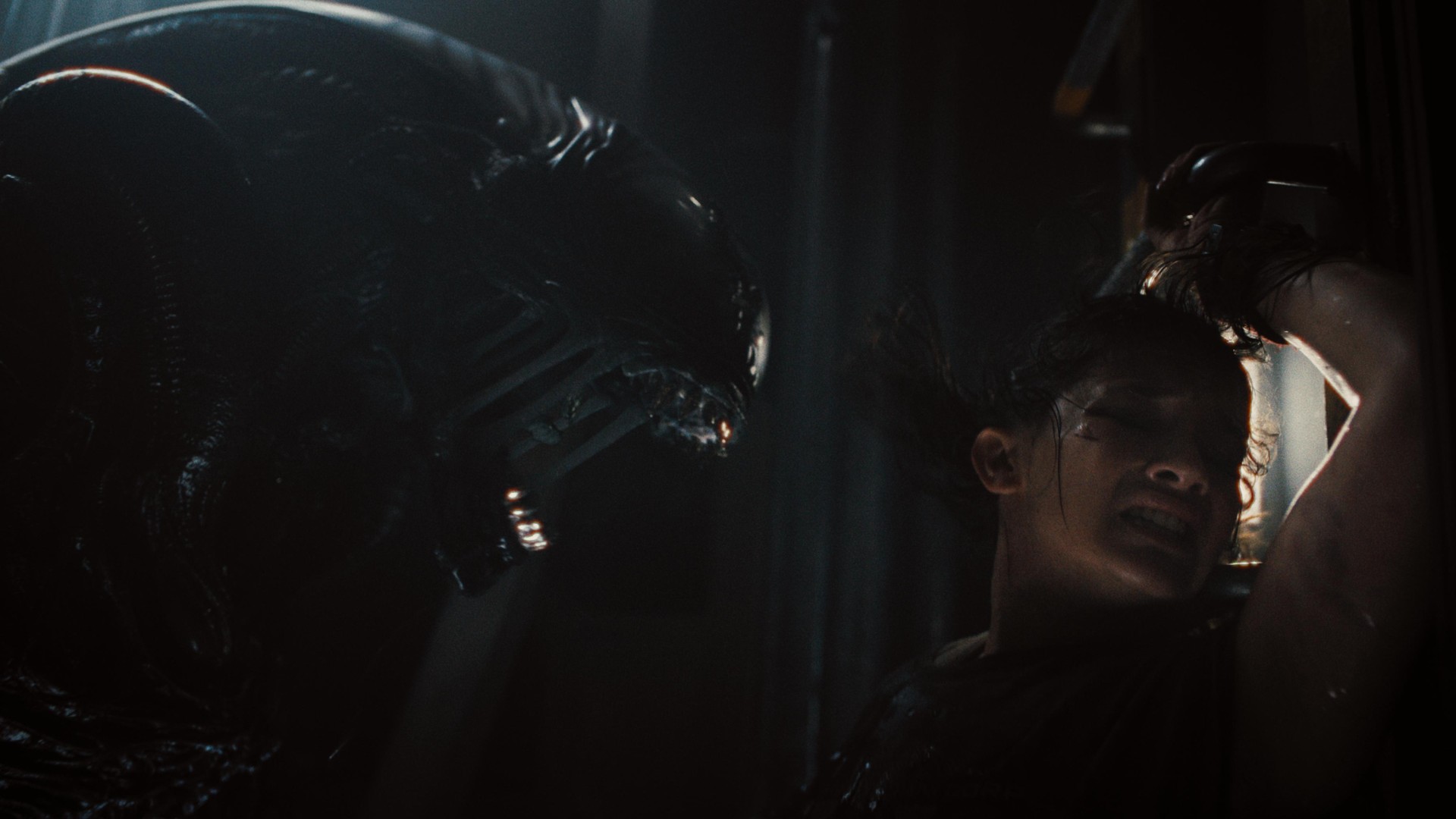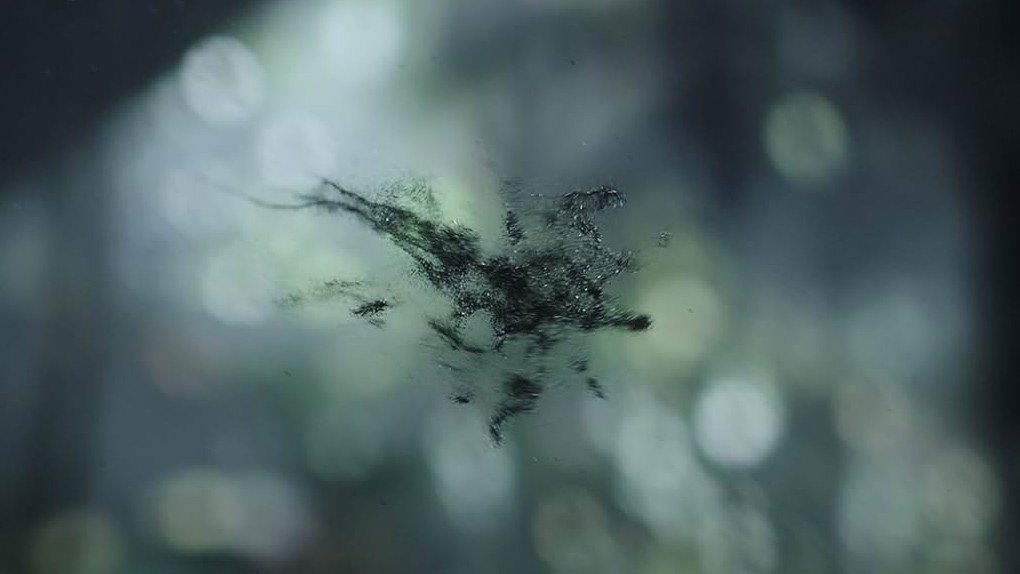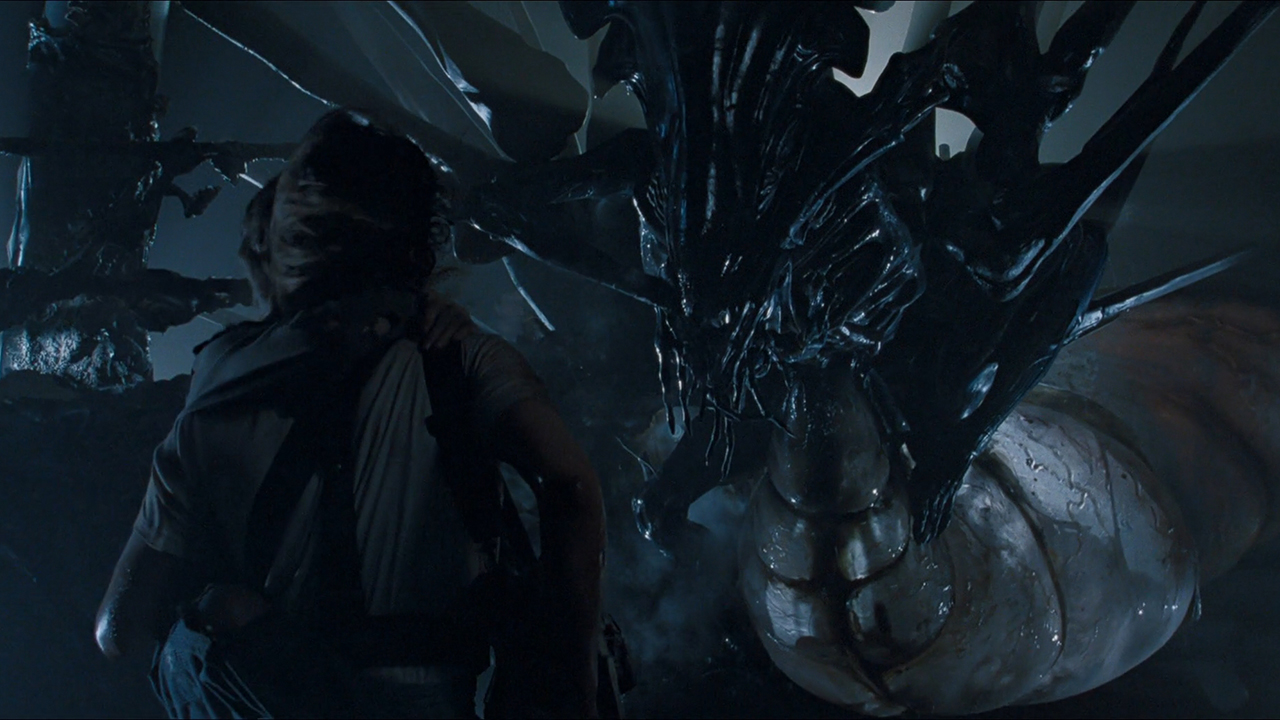'Alien: Romulus' has the same problem as 'Prometheus' and 'Alien: Covenant' — and it's bad news for the franchise
The magical black goo introduced in "Prometheus" is holding the Xenomorph back.

It was always billed as the perfect organism, a lethal predator with acid for blood, a powerful second jaw, and — thanks to its parasitic lifecycle — a penchant for body horror. Since its debut in 1979's "Alien," Xenomorph XX121 has been a serious contender for the title of "greatest monster in the history of cinema," but its killer legacy is being tarnished by a liquid with some very strange properties.
Ever since the research vessel Prometheus landed on LV-223 — or, to be more precise, since android David spiked Charlie Holloway's drink — the "Alien" saga has been held back by a substance that's more viscous than vicious. This implausibly versatile black goo seems to do something different to everyone it touches, more of a narrative convenience than a plausible addition to the 45-year-old franchise's mythology. Now that the magic slime has returned in "Alien: Romulus," it looks like it's here to stay.
"Alien: Romulus" — set between "Alien" and "Aliens" in the franchise timeline — is a solid slice of sci-fi space horror, a return to the haunted-house-in-space vibe of the Ridley Scott original, featuring some thrilling set-pieces and an aesthetic that echoes the chunky, analogue design of the first two movies. Yes, it's effectively a retread of "Alien" and "Aliens"' greatest hits, but if you're going to borrow from anywhere, you might as well borrow from the best Alien movies. You can even forgive the excessive callbacks to those movie classics because — just as Michael Myers still has the capacity to terrorize Haddonfield in the "Halloween" series — there's no shortage of ways a Xenomorph can keep you on the edge of your seat.
2012's "Prometheus" was pitched as an origin story, explaining how the so-called Space Jockey (aka Engineer) found themself on board a spacecraft loaded with Facehugger eggs on the surface of LV-426. It was also an ambitious attempt to tie the "Alien" mythology to the origins of life on Earth, whilst also explaining how cinema's most iconic star beast came to be. Of course, nobody suspected that the species' canonical evolution was intrinsically linked to a compound known as Chemical A0-3959X.91 — or, as we prefer to describe it, black goo.
Unfortunately, the properties of this compound change so frequently that it's impossible to define what it really is. Is it a weapon? A crucial ingredient in the primordial soup? The future of the human race? All of the above? None of the above? Nobody seems entirely sure.
In the opening scene of "Prometheus," an Engineer lands on an unpopulated world — presumably Earth — and downs a shot of goo. It instantly tears his body apart on a genetic level, and he disintegrates into a waterfall to seed new life.
In the poor, unfortunate Charlie Holloway it causes sickness and extreme skin irritation, though his metamorphosis never reaches its endpoint because he allows himself to be burned to death with a flamethrower. After infection, he sleeps with girlfriend Elizabeth Shaw, who — despite being unable to have children — finds herself pregnant. Their offspring is anything but human, however, and after an extremely unpleasant DIY caesarean procedure, she gives birth to a freaky alien squid. This creature subsequently grows to kraken-like proportions in time for the final act, in which it attacks an Engineer with all the gusto of a giant Facehugger. In the movie's final scene, a very loose approximation of the classic Xenomorph — known as "the Deacon" by the production team — punches its way out of the Engineer's chest.
Breaking space news, the latest updates on rocket launches, skywatching events and more!
The goo also creates the lethal worm that kills naive botanist Millburn and turns geologist Fifield into a bloodthirsty monster with the back-breaking gymnastic skills of Regan in "The Exorcist." We also learn that the Engineers' intended destination for the goo was Earth, where it would have been used as a weapon of mass destruction — our creators clearly had serious beef with the human race.
A decade later, the crew of colony ship Covenant encounter a new strain of goo during an unexpected detour to "Planet 4." It now exists in airborne form, small enough to be infiltrate via ear or mouth, thus negating any need for the invasive Facehugger stage. Instead, these few small seeds are enough to generate an entire proto-Xenomorph inside the unfortunate host, ready to burst out via spine, mouth, or whatever exit it can find (presumably). How different the original "Alien" would have been had Kane simply inhaled the parasite on LV-426.
This fantastical goo feels utterly out of place in a sci-fi universe where crews go into hibernation for long journeys through space — no relativity-violating hyperdrives here — and living on other planets is dangerous and riven with disease. This is why it's so disappointing that a liquid with seemingly magical properties should show up in "Alien: Romulus," a movie that otherwise sticks to the more grounded logic of "Alien" and "Aliens."
In "Romulus," the latest Company man/android Rook continues a major theme of the franchise by putting the needs of megacorporation Weyland-Yutani ahead of the Xenomorphs' victims. He's managed to extract a certain "non-Newtonian fluid" (yes, the black goo) from the Alien that stalked the Nostromo, and is intrigued by the substance's ability to rewrite a host's DNA. He plans to use his synthesized "Compound Z-01" to make humans more resistant to the dangers intrinsic to building better worlds — a significant shift from the Company's usual fixation with recruiting the Xenomorph for its bioweapons division.
Of course, as soon as android Andy suggests that Rook's synthesized goo might help the ailing Kay — it (kinda) worked on rats, after all — it's inevitable that the compound will its way into the bloodstream of one of the survivors. Think Chekhov's gun in ickier, gloopier form…
The injection induces another distinct side-effect of the substance, as the pregnant Kay gives birth to the "Offspring." This spindly, rapidly gestating giant combines many of the attributes of its parent species — its vaguely human features are blended with corrosive blood, a tail, and a secondary mouth — yet it lacks the lethal elegance of the original Xenomorph. Yes, it's more convincing than the much-derided "Newborn" from "Alien: Resurrection," but that's damning with faint phrase.
In fairness to "Prometheus," "Covenant," and "Romulus", some crucial steps in the Xenomorph's evolution remain unknown. Indeed, had director Ridley Scott been given the greenlight to make his planned follow-up to "Covenant," the black goo's influence on the creature's development may have filled in the gaps and made a more satisfying whole — especially as "Covenant" has already revealed how malevolent android David had spent a decade manipulating the goo to create his own vision of perfection. Maybe a detailed explanation of how the goo actually works would have been part of that abandoned script.
It's debatable whether any addition to the mythology has truly enhanced the saga since James Cameron introduced the Queen in "Aliens," though the black goo is up there with the most questionable storytelling choices in the franchise's history. Thanks to H.R. Giger's iconic creature design and the brutality of that Facehugger/Chestburster/Drone/Queen lifecycle, the Xenomorph arrived fully formed, with no need for backstory — or mystical cosmic sludge — to explain why it does what it does. Ash was right when he described this iconic interstellar nasty as the perfect organism, and bizarre non-Newtonian fluids are highly unlikely to steal its place at the top of the cinematic food chain — hopefully the black goo came to a permanent (and suitably sticky) end in the planetary rings above Jackson's Star.
"Alien: Romulus" is in theaters now.
"Alien", "Aliens", "Alien 3", "Alien: Resurrection", "Alien vs Predator", "Aliens vs Predator: Requiem", "Prometheus" and "Alien: Covenant" are available on Hulu in the U.S. and Disney Plus in the U.K.

Richard's love affair with outer space started when he saw the original "Star Wars" on TV aged four, and he spent much of the ’90s watching "Star Trek”, "Babylon 5” and “The X-Files" with his mum. After studying physics at university, he became a journalist, swapped science fact for science fiction, and hit the jackpot when he joined the team at SFX, the UK's biggest sci-fi and fantasy magazine. He liked it so much he stayed there for 12 years, four of them as editor.
He's since gone freelance and passes his time writing about "Star Wars", "Star Trek" and superheroes for the likes of SFX, Total Film, TechRadar and GamesRadar+. He has met five Doctors, two Starfleet captains and one Luke Skywalker, and once sat in the cockpit of "Red Dwarf"'s Starbug.




